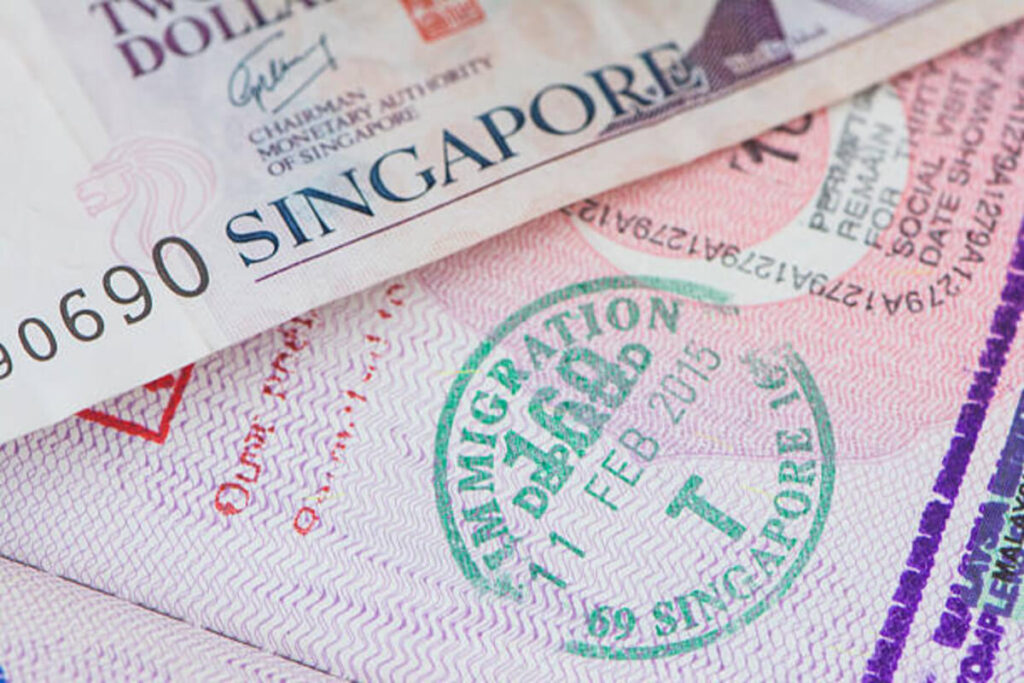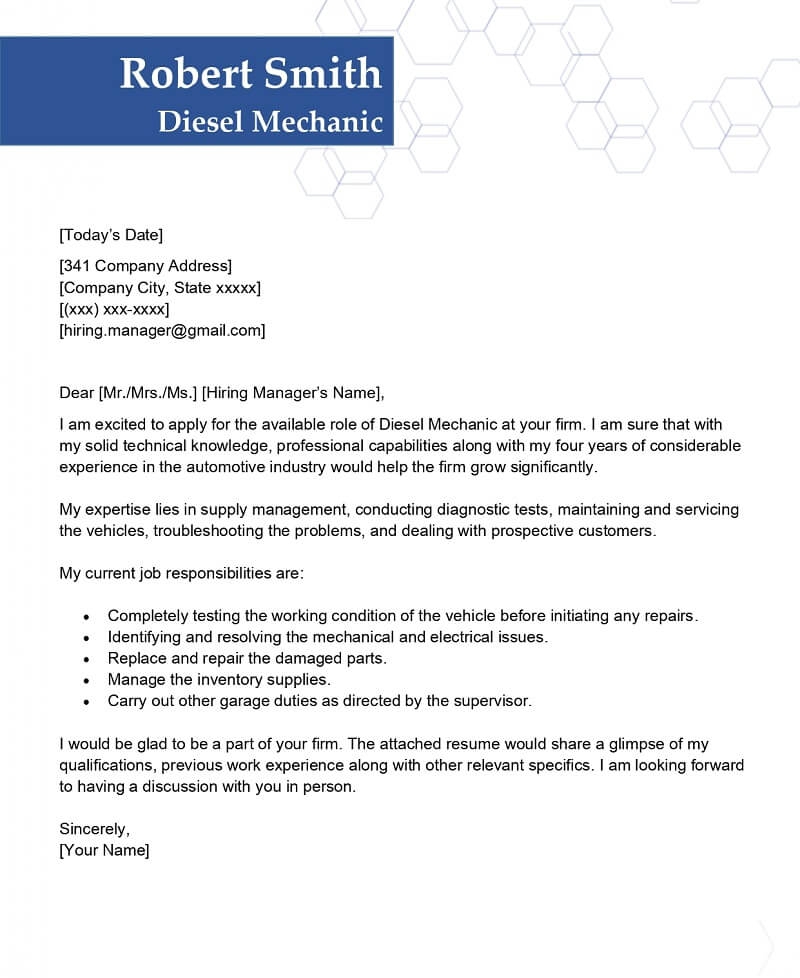Understanding the 2025 H-2B visa cap is crucial for both employers and foreign workers seeking temporary job opportunities in the U.S. This visa program plays a vital role in industries like hospitality, construction, and landscaping, but strict annual limits create challenges. The cap restricts the number of visas issued each year, meaning employers must act quickly to secure workers before available spots run out.
Advertisement
For foreign workers, the competition is fierce, and missing the application window could mean losing the chance to work in the U.S. This guide will break down the opportunities and limitations for seasonal workers, explain how the cap works, and provide strategies to help employers and job seekers navigate the process. Understanding these factors will help businesses plan better and workers explore alternative options if they miss out on the H-2B visa program.
Understanding the 2025 H-2B Visa Cap
The 2025 H-2B visa cap limits the number of temporary foreign workers allowed in non-agricultural industries like hospitality, construction, and landscaping. Employers must act fast to secure workers before the cap is reached. Foreign workers face competition for limited slots and must explore alternative visa options or employment opportunities.

Overview of the H-2B Visa Program
The H-2B visa program allows U.S. employers to hire foreign workers for temporary non-agricultural jobs, often in industries like hospitality, construction, and landscaping. However, in 2025, the program is experiencing significant changes, primarily due to the cap on the number of visas available. The H-2B visa cap is set at 66,000 per fiscal year, with half allocated in the first half and the rest in the second. Once the cap is reached, no additional visas are granted until the following period. This situation creates challenges for employers who rely on seasonal workers and foreign workers hoping to find opportunities in the U.S.
Why Understanding the Cap Matters
Employers need to act quickly to secure workers within the available cap limits, while foreign workers must be aware of the timelines and alternatives for employment. Understanding the current state of the H-2B visa cap is crucial for those navigating seasonal labour opportunities in the U.S.
Read: Discover a Range of Hotel Jobs in the USA
What Is the H-2B Visa Cap and How Does It Work?
The H-2B visa program has an annual cap of 66,000 visas, split into two periods—33,000 for October–March and 33,000 for April–September. Once the cap is filled, no new visas are issued until the next cycle. Employers must file petitions early, while foreign workers must apply quickly to secure spots.
Annual Visa Cap Limits and Timeline
The H-2B visa cap is a limit set by U.S. law on the number of foreign workers who can enter the U.S. under the H-2B program each year. For 2025, the annual cap is fixed at 66,000, with 33,000 allocated for the first half of the fiscal year (October through March) and the remaining 33,000 for the second half (April through September). Once the cap is reached, no additional workers can be admitted until the next cap period, regardless of employer need or worker qualifications.
How the Cap Affects Employers and Workers
Employers seeking H-2B workers must submit applications early to avoid delays and compete for available slots. For foreign workers, the cap means that timing their applications well is essential to securing a visa before the program fills up.
Opportunities for Employers to Hire Seasonal Workers
Despite the cap, employers can still secure seasonal workers by applying early and meeting eligibility requirements. Businesses that demonstrate a strong need for temporary labour may receive priority. Partnering with visa processing agencies and exploring government-authorized cap exemptions can also increase hiring chances for essential seasonal positions.
Applying Early to Secure Workers
Despite the limitations of the H-2B visa cap, there are still opportunities for employers to hire seasonal workers. By applying early, employers can secure workers within the available cap. It’s also essential to demonstrate a clear need for temporary labour in their businesses, as only those who meet the criteria will be eligible for approval.
Working with Visa Processing Experts
Employers can increase their chances by utilizing specialized visa processing companies that help streamline applications and ensure accuracy. Furthermore, during the off-peak seasons or in years with slower demand, there may be greater flexibility in securing the necessary workers. Even with the cap in place, employers who plan ahead can still manage to fill crucial roles for their seasonal operations.
Limitations and Challenges for Employers and Workers
Employers face labour shortages if they fail to secure H-2B workers before the cap is reached. Processing delays, increased competition, and policy changes can make hiring difficult. Foreign workers must navigate strict application timelines, and many are left without opportunities once the visa limit is met for the year.

Reaching the Cap and Workforce Shortages
The primary limitation of the H-2B visa program is the strict cap. For employers, reaching the cap means they won’t be able to hire seasonal workers for the rest of the fiscal year unless there are exceptional circumstances or new regulations. This can lead to workforce shortages, delays in operations, and increased costs.
Uncertainty for Foreign Workers
Workers, on the other hand, face the uncertainty of whether their applications will be accepted due to the cap, and they must navigate through potentially lengthy waiting periods or explore other visa options. The unpredictability of the visa allocation process can make it harder to secure a position, especially in high-demand industries like tourism and construction.
Read: Line Cook Jobs in the USA: Everything You Need to Know to Get Started.
Strategies for Employers to Secure Seasonal Labor in 2025
Employers should submit H-2B applications as early as possible and ensure accuracy to avoid delays. Exploring alternative visa programs, such as J-1 or B-1 visas, can help fill labour gaps. Staying updated on policy changes and potential cap increases also improves hiring success for seasonal workforce needs.
Planning and Monitoring Application Deadlines
To successfully navigate the 2025 H-2B visa cap, employers need a proactive approach. First, they should monitor application deadlines and apply as early as possible. Employers may also want to consider diversifying their labour force by looking into alternative visa options or considering part-time workers if they do not secure enough H-2B workers.
Staying Updated on Policy Changes
Employers should also stay informed about any changes in the cap or visa regulations. The U.S. government sometimes increases the cap for high-demand sectors, and businesses in sectors like hospitality may benefit from such updates. Staying ahead of these changes ensures employers don’t miss any opportunities to bring in the workers they need.
What Foreign Workers Need to Know About the H-2B Visa Cap
Foreign workers must understand that securing an H-2B visa is highly competitive. Applying early, meeting eligibility criteria, and exploring other visa categories are crucial. Workers should also consider employment opportunities in other countries with more flexible seasonal work programs if the H-2B cap is already reached.
Understanding the Application Process
Foreign workers seeking H-2B visas in 2025 need to understand how the cap affects their chances. With only a limited number of visas available, workers must apply early and be aware of any changes to application processes. Workers should also be prepared to provide documentation proving their eligibility and need for temporary employment in the U.S.
Exploring Alternative Immigration Routes
Some workers may want to explore alternative immigration routes, such as seeking work in other countries with more open seasonal worker programs. Those whose applications are not approved under the H-2B cap can consider other visa options like the H-1B for specialized workers or temporary worker programs in countries like Canada or Australia.
Alternatives for Seasonal Workers and Employers After Reaching the Cap
Once the H-2B visa cap is reached, employers can explore hiring through J-1 exchange visitor programs or extending job offers to U.S.-based workers. Foreign workers may consider H-1B visas for skilled roles or seek seasonal employment opportunities in Canada, Australia, or other countries with more open work policies.

Exploring Other Visa Options
Once the H-2B visa cap is reached, both employers and workers must explore alternatives. For employers, considering other forms of temporary labour, such as employing workers under the J-1 or B-1 visa programs, can be an option. These visas allow temporary workers in specific industries and can help fill labour shortages.
Seeking Employment in Other Countries
For foreign workers, it’s important to stay informed about other visa programs that could offer similar opportunities, such as the H-1B for specialized workers or other temporary worker visas in countries like Canada. If the H-2B cap is reached, workers should also consider applying for jobs in countries that offer more open seasonal employment options.
The 2025 H-2B visa cap limits the number of seasonal foreign workers allowed in the U.S., creating challenges for both employers and workers. With a cap of 66,000 visas per year, businesses must apply early to secure workers, while foreign applicants face uncertainty once the cap is reached. This guide explores the opportunities and limitations for seasonal workers, offering insights on securing visas, alternative employment options, and strategies for employers navigating workforce shortages. Understanding these factors is crucial for those affected by the H-2B program in 2025.


